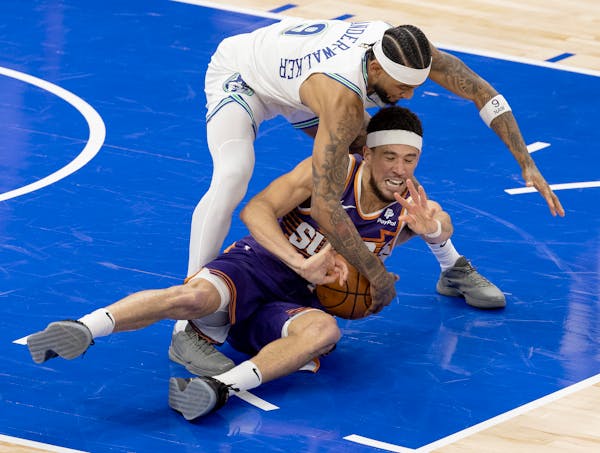Back in the roaring 1920s, as the number of automobiles on the roads proliferated, parents, school principals and politicians grew concerned about the safety of children walking to and from school.
Drivers were still learning how to operate the relatively new machines and there were few safety guidelines in place. School-age children, they said, didn't fully appreciate the risks posed by the fast-moving vehicles and often placed themselves in harm's way by crossing streets in dangerous and unmonitored places.
Their solution: Place children at intersections to stop traffic and make it safe for their classmates to cross the street. The School Safety Patrol was born.
For 95 years, crossing guards have donned the familiar blaze orange vests and belts and taken their flags to intersections near elementary and some middle schools. This week as a majority of metro area public school students return to class, the volunteer patrols will be back on the job of keeping their peers safe.
And that, they have. There has not been a single fatality at a crosswalk in Hennepin County that has been staffed with safety patrols in the history of the program, said Garrison McMurtrey of AAA Minneapolis, which provides training materials and badges to about 5,000 patrols at 150 schools.
It's not an easy job, said Pat Stacken, the patrol adviser at Alice Smith Elementary in the Hopkins School District. The 80 to 100 kids who have signed up to be on the school's patrol team this year must undergo training and brave everything from scorching sun to rain to winter's bitter cold. Their biggest challenge, she said, is dealing with disobedient motorists who roll through their stop signs.
"We probably see that twice a week, and that's really disappointing," Stacken said. "The flag they carry is a legal stop sign."
While patrols can't issue citations to violators, they can record offenders' license plates and forward that information to police. Those drivers get a warning letter from police.
"They take their job seriously," Stacken said. "They have to be responsible, dependable and show great leadership to get kids safely across the street. Parents feel better about letting their kids walk by themselves knowing somebody is watching and helping them."
For the record, some of the members of the patrol over the years have been former presidents Jimmy Carter and Bill Clinton, Vice President Joe Biden plus Supreme Court justices, U.S. senators, governors and astronauts. But mostly, it's peers looking out for peers.
After-school hours are the most dangerous for pedestrians 14 and younger with nearly one-third of the 236 deaths in 2013 occurring between 3 and 7 p.m., according to the National Highway Traffic Safety Administration.
Since its creation in 1920, the AAA School Safety Patrol program has grown into the nation's largest safety program, with 635,000 patrollers at 33,500 schools. Education and safety groups have lauded the program for reducing injuries and fatalities of children ages 5 to 14.
Tony Berryman, a Minneapolis police officer who works with the crossing guards at 54 of the city's elementary schools, says it's incumbent on drivers to keep the impressive safety record going.
"People drive erratically, texting and they are on their phones. Cars are not paying attention," he said. "People need to slooow down and be aware of their surroundings."

University of Minnesota police arrest 9 after pro-Palestinian encampment set up on campus
2 dead in Lino Lakes, no known threat to public, police say
Teen charged with murder in deadly St. Paul shooting last month

